You may have recently seen that MTV and the Hirshhorn Museum are teaming up to create a TV series to find the next great visual artist. As soon as I saw this, I recalled that there had been similar reality TV visual arts contests before. The bottom of the article references Bravo’s Work of Art: The Next Great Artist which ran for two seasons around 2010-2011.
But I had actually written about the show ArtStar back in 2006. Most of the links in that post don’t work, but the Slate article and Wikipedia entry both still exist. There was a fair bit of criticism about both shows. The Arts world hated both, while Work of Art was generally popular with audiences. ArtStar was widely accused of being an extended self-promotional video for the gallery owner/host.
Art critic Jerry Staltz, who was a judge on Work of Art wrote a piece for Art News reflecting on the experience. He notes that the show was never really about finding the best artist, despite the title.
I agree with the many viewers who said it didn’t reflect the “real art world” — although it was never meant to. It was intended as a game-show version of undergraduate art school where assignments are given, studios supplied, and people kicked out (without, of course, owing $100,000 in school loans). A lot of the challenges were inane …. People on my Facebook page invented far better challenges,…
[…]
If I could change anything about Work of Art, it would be how the contestants are selected. Clearly Bravo’s criteria were more numerous than mere talent, because the contestants simply weren’t good enough. I wish the judges had picked the competing artists, the way they do on American Idol.
Staltz seemed to feel like the biggest benefit of the show was the conversations it generated.
Over the ten weeks it aired, hundreds of strangers stopped me on the street to talk about it. In the middle of nowhere, I’d be having passionate discussions about art with laypeople. It happened in the hundreds, then thousands of comments that appeared below the recaps I wrote for nymag.com. Many of these came from people who said they’d never written about art before. Most were as articulate as any critic. I responded frequently, admitted when I was wrong, and asked others to expand on ideas.
It made me think that his approach to reality TV arts competitions is a constructive one. Essentially use a conversation about the process being employed not being a realistic method for identifying a great artistic talent as a jumping off point that helps arts professional connect with audiences, validating their instincts and capacity to judge while gaining a better understanding of what about artistic practice engages people.

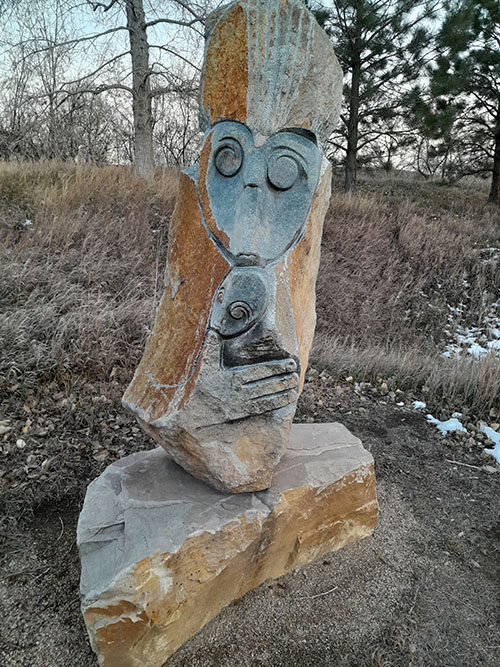
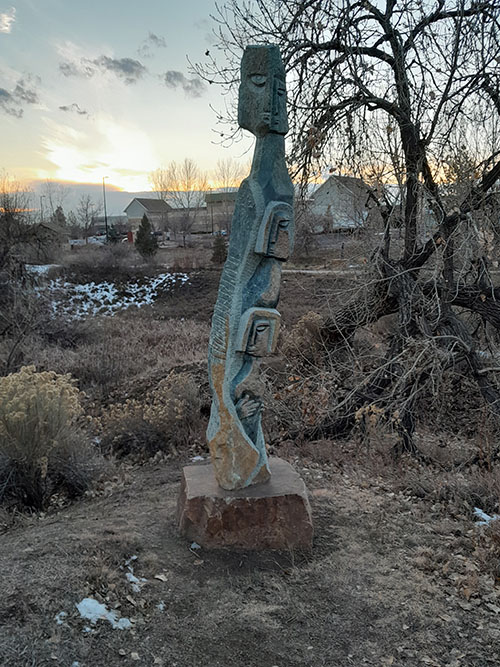
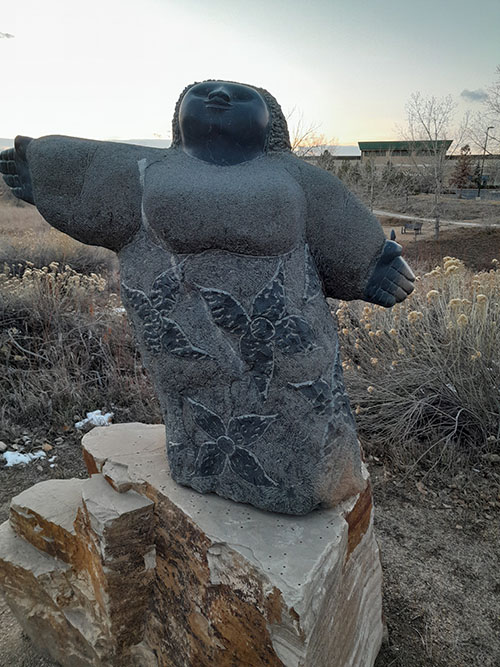

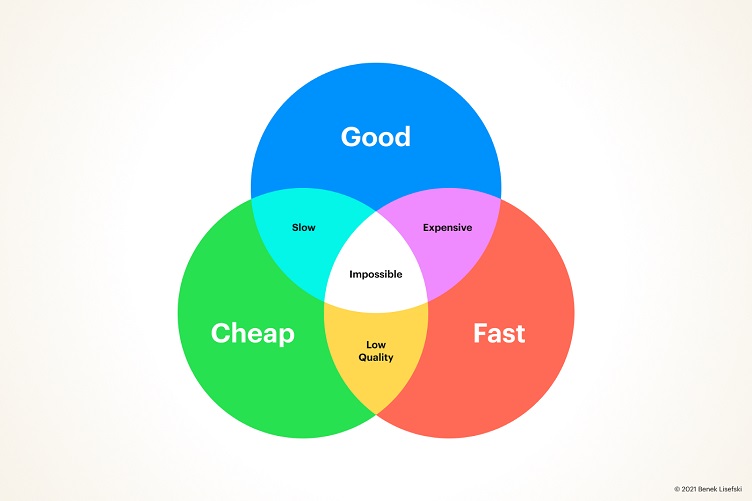
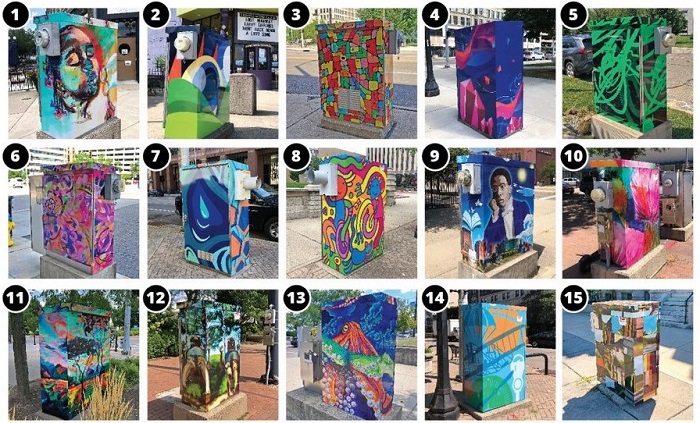

How are the events? Have you been/enjoyed them? Did you ever give a talk for the series?